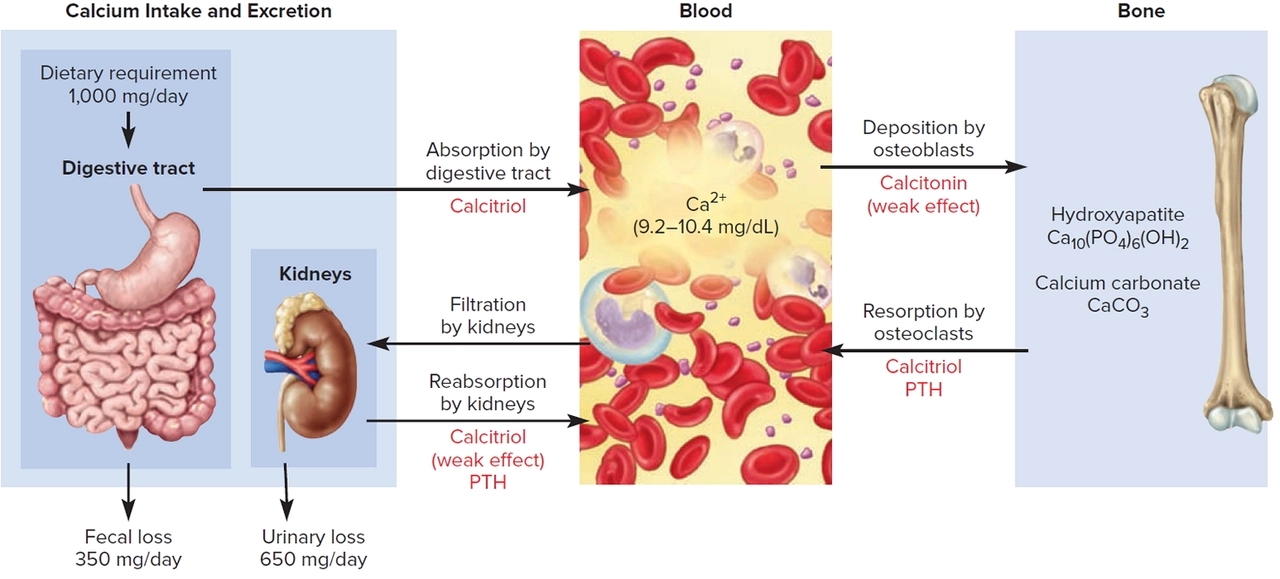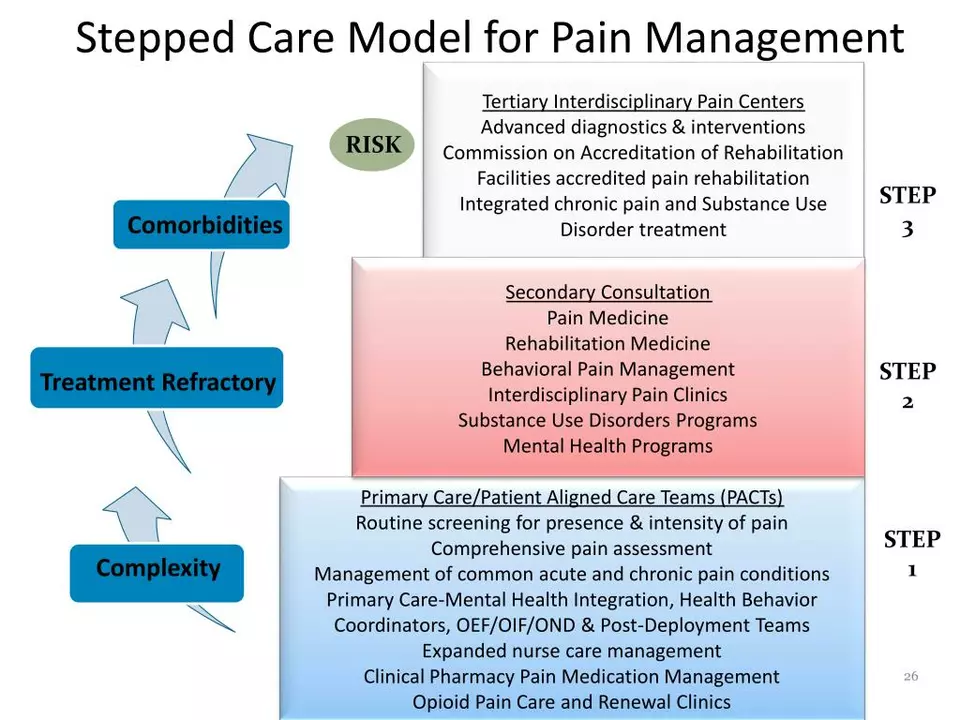Health and Medicine — Clear, Practical Guides on Medications
Want straight answers about common drugs and treatments without the medical jargon? This section brings together clear, practical posts that help you choose safer antibiotics, manage side effects, and understand how medicines work in everyday life.
Find the right article fast
If an antibiotic isn’t working or gives you side effects, read about safe alternatives to amoxicillin. That post explains when a switch makes sense, what options doctors commonly try next, and how to avoid driving resistance. Shopping for antibiotics? The Bactrim guide breaks down benefits, risks, dosing basics, and where to find better prices without sacrificing quality.
Dealing with chronic conditions? There’s a piece on Ledipasvir that shows how pharmacists help people on Hepatitis C therapy—practical tips on adherence, monitoring labs, and spotting drug interactions. For Alzheimer’s caregivers, the Rivastigmine and cognitive training article explains how drug therapy plus mental exercises may improve daily function and what realistic goals to expect.
Quick practical tips you can use today
Need to know when to take cefixime? Take it as your prescriber directs, usually with food to reduce stomach upset, and always finish the course even if you feel better. Wondering about steroids? The Prednisolone vs. Prednisone post explains that prednisone needs liver conversion to work—so if you have liver issues, your provider might favor prednisolone.
For short-term severe pain, ketorolac can be effective but watch the duration: use it only for a few days and avoid if you have bleeding risk or poor kidney function. Thinking about calcitonin for bone disease? Read the risk summary—common side effects like nausea and flushing are usually mild, but there are rare long-term concerns to discuss with your clinician.
Practical safety habits: always tell your provider about other drugs, supplements, and liver or kidney problems before starting a new medication; carry a simple medication list; and ask what side effects should prompt an immediate call. If cost is a concern, compare generic options and legitimate online pharmacies, but never skip verification steps—cheap isn’t worth safety risks.
Each article on this page focuses on one practical question: when to switch antibiotics, how pharmacists support therapy, how to combine drugs with lifestyle changes, and how to spot red flags. Read the short posts that match your question, and use the clear takeaways to talk with your doctor or pharmacist.
Got a specific issue you can’t find here? Try the site search or send a question to our contact page—most topics have a quick guide ready, and we update content when new safety information or drug approvals appear.
Preparing for a Kidney Transplant: Evaluation, Waitlist, and Living Donors
Learn how kidney transplant evaluation, the waitlist, and living donors work. Understand the steps, timelines, financial needs, and common pitfalls - and what you can do now to improve your chances of getting a transplant.
Best Safe Alternatives to Amoxicillin: Expert Guide on Switching Antibiotics
Not every infection listens to amoxicillin. This guide digs into what to do when that go-to antibiotic fails or stirs up trouble. We’ll break down clinical advice on switching to safe alternatives, explore common complications that force the swap, and give you practical tips for a smooth transition. Get all the facts and strategies for finding the right replacement for amoxicillin. Stay ahead of bacterial resistance and protect your health with informed choices.
Navigating the Best Bactrim (Sulfamethoxazole and Trimethoprim) Deals and Insights
This comprehensive guide delves into the essentials of Bactrim, a widely used antibiotic composed of Sulfamethoxazole and Trimethoprim. It explores the medical benefits, potential side effects, and drug interactions, alongside recommendations on common dosage. Discover money-saving tips and where to find the best Bactrim deals online. Gain a deeper understanding of this vital medication, ensuring you make informed health decisions for you and your loved ones.
The role of pharmacists in managing Ledipasvir therapy for Hepatitis C patients
In my recent exploration, I've discovered the significant role pharmacists play in managing Ledipasvir therapy for Hepatitis C patients. They are essential in guiding patients through the treatment process, ensuring they understand how to take their medication correctly to maximize its effectiveness. They closely monitor patients' response to the therapy, adjusting dosages when necessary, to reduce side effects. Additionally, pharmacists provide important advice on lifestyle changes to support the therapy. Their support and guidance are invaluable for patients battling Hepatitis C.
Rivastigmine and Cognitive Training: A Winning Combination for Alzheimer's Disease?
In my latest exploration, I've delved into the promising potential combination of Rivastigmine and cognitive training for Alzheimer's disease. It appears that Rivastigmine, a drug traditionally used to alleviate Alzheimer's symptoms, may have its effectiveness significantly enhanced when paired with cognitive training. This training focuses on boosting the mental capabilities of patients, thereby potentially slowing the disease's progression. While more research is needed, the initial results are exciting and bring a ray of hope for those battling this devastating disease. It's truly fascinating how combining different strategies could potentially change the game in Alzheimer's treatment.
Prednisolone vs. Prednisone: What's the Difference?
As a blogger, I've recently researched the differences between Prednisolone and Prednisone, two common corticosteroids used in treating various medical conditions. I discovered that while both medications are similar in their anti-inflammatory properties, the main difference lies in their respective forms. Prednisone is an inactive drug that requires conversion into Prednisolone by the liver to become active. This means that people with liver issues may not metabolize Prednisone as effectively, making Prednisolone a better choice for them. Ultimately, your doctor will determine the best medication for your specific situation, considering factors such as your medical history and the condition being treated.
Understanding the side effects and risks of calcitonin therapy
As a blogger, I've been researching calcitonin therapy and its potential side effects and risks. Calcitonin is a hormone used to treat conditions like osteoporosis and high levels of calcium in the blood. While this therapy can be beneficial, it's crucial to understand the possible side effects, which may include nausea, facial flushing, and skin reactions at the injection site. Rare but serious risks include low levels of calcium in the blood and an increased risk of certain types of cancer. It's essential to discuss these concerns with a healthcare professional before starting calcitonin therapy to ensure it's the right choice for your specific needs.
The Role of Ketorolac in Pain Management
In my latest blog post, I explored the role of Ketorolac in pain management. Ketorolac is a nonsteroidal anti-inflammatory drug (NSAID) that is commonly used for short-term pain relief. I discovered that it's particularly effective in treating moderate to severe acute pain, often following surgery. However, it's important to note that Ketorolac should be used cautiously, as it can cause serious side effects such as gastrointestinal bleeding and kidney damage. Overall, Ketorolac can be a useful tool in managing pain, but it's essential to follow proper guidelines and consult with a healthcare professional.
When to take cefixime: understanding the best time for antibiotic treatment
As a blogger, I have been researching the best time to take cefixime, an antibiotic commonly prescribed for various bacterial infections. From my findings, it is crucial to follow your doctor's advice on when to take the medication, as they will consider factors like the severity of the infection and the patient's medical history. Generally, cefixime is taken once or twice daily, preferably with meals to reduce the risk of stomach upset. It is essential to complete the full course of antibiotics, even if you start feeling better, to ensure the infection is fully treated and to prevent antibiotic resistance. Remember, always consult your doctor for personalized advice on taking cefixime or any other medication.
About
Health and Medicine
Latest Posts


The psychological impact of blood clots in stents: coping strategies and support
By Marcel Kornblum Jul 1, 2023

Navigating the Best Bactrim (Sulfamethoxazole and Trimethoprim) Deals and Insights
By Marcel Kornblum Jan 11, 2024

Congressional Bills to Tackle Drug Shortages: What’s Really in the Works
By Marcel Kornblum Nov 23, 2025









